Basically, a home inspection checklist is a rundown of features throughout a house that might be faulty or needs fixing. Home inspectors use these lists while inspecting homes, and while they may differ from area to area, they all are used to determine the safety of the house.
What is on a Home Inspection Checklist?
The checklist will vary depending on the inspector but, normally, it is divided into sections.
Structural Issues: Your home must properly support the weight of its own structure.
Roof Problems: If the roof is sloped, an inspector will look for curling or missing shingles, worn granules, cracks in skylight sealant, loose gutters, etc. If the roof is flat, the inspector will want to check for cracks in the seams and any kinds of divots or spongy areas.
Mechanical Issues: From central air to water radiators, that heating and cooling systems in a house should be turned on by the inspector to ensure they are in proper working condition.
Plumbing Concerns: Although a home inspector can inspect only plumbing that is visually accessible, the checklist will include keeping an eye out for leaks under bathroom sinks, signs of corrosion and rusting of cast-iron drain lines, and water pressure.
Electrical Troubles: Electrical issues could spark house fires, which is why inspectors check outlets individually to ensure they’re properly hooked up to power and grounded.
Overall Condition: Inspectors will check to see if the doors stick, the windows have been painted shut, and if the appliances being sold with the homework properly for example. This checklist includes walking through the house and checking these basic elements so that issues can be rectified before you buy.
Safety: Home inspectors will also see if the home could possibly compromise safety by looking at:
• open stair risers that are too high
• wobbly deck supports
• loose or missing handrails
• nonfunctional smoke and carbon monoxide detectors
• peeling paint if the home was built before 1978
• signs of mold
• spongy subfloors
• tripping hazards
• signs that the chimney needs maintenance

